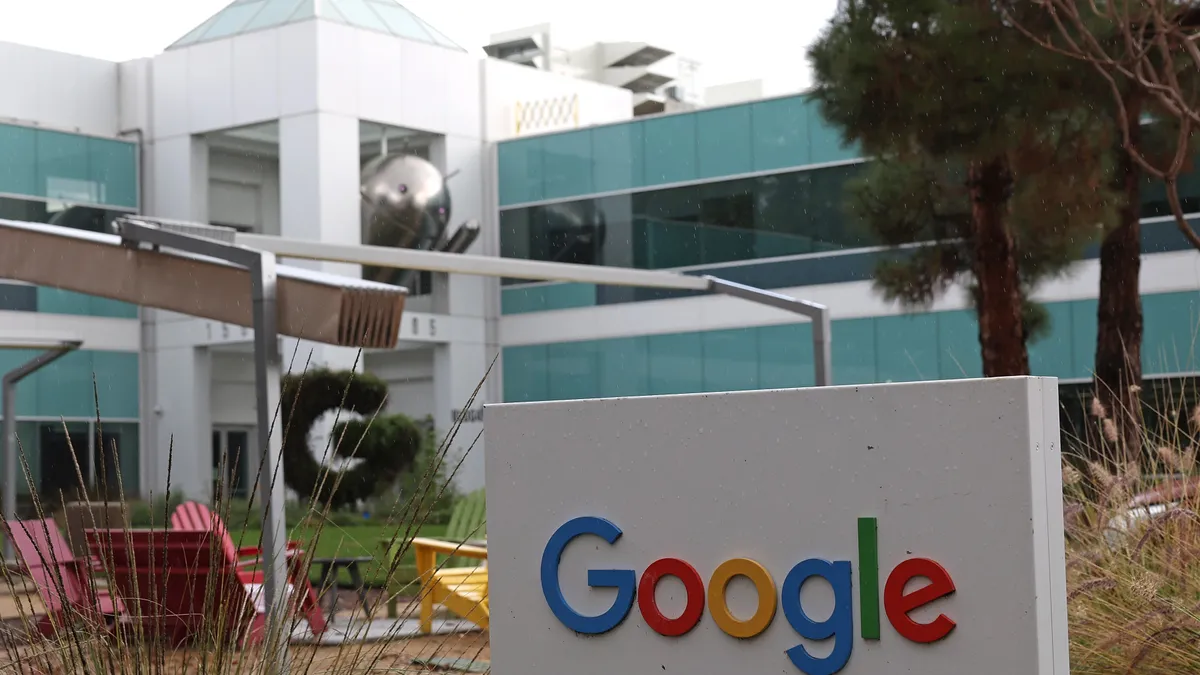Dive Brief:
- Amazon Web Services is focusing on mobile security, allowing end users to access internal websites and web applications without requiring a VPN or proprietary browsers, the company announced last month. There is a slight change with the new service, WorkLink, from traditional offerings: Customers pay $5 per active user per month.
- First spotted by Business Insider, charging per seat is a shift in how customers normally buy services from AWS. The vendor charges customers based on usage, and even offers per second billing with its cloud services.
- WorkLink is a cheap "bolt on" companies can add in addition to virtual machines, storage or other AWS offerings, said Owen Rogers, research director at 451 Research, in an interview with CIO Dive.
Dive Insight:
A change in how AWS sells an offering does not forecast an industry upheaval. In 2016 and 2017, the company added more than 2,250 services, said CEO Andy Jassy, speaking at Gartner Symposium/ITxpo in Orlando, Florida in 2017. Customers buy some of those services in different ways.
WorkLink, in particular, is an "attractive" offering for customers highly concerned about security for those with mobile access, said Rogers. The service wouldn't draw customers to AWS, but buyers would add it on.
AWS is the cloud king for a reason. The company has capitalized on reinventing infrastructure, an older part of IT. Its success in the space has funded innovation, courting customers along the way. While WorkLink will not revolutionize services at AWS and augment the cloud market, it highlights how the company entices customers to stay. The more services the merrier.
John Parkinson, partner and managing director of ParkWood Advisors, LLC, has been working with a client on an early version of WorkLink for about six months, he told CIO Dive in an email.
Parkinson has worked with his client to replace virtual desktop environments with WorkLinks. The migration will likely be done by midyear, with 5,500 users in India and the U.S. The per seat cost model allows the company to turn off more than 500 virtual services, which could save as much as $500,000 a year.
Other vendors, like Microsoft and Google, have similar offerings. And traditional networking providers like Cisco have entire businesses based on networking and security services.













